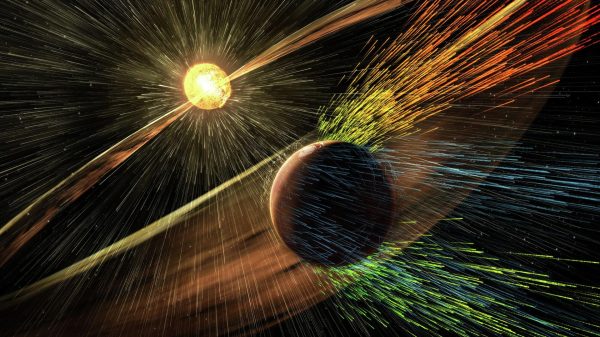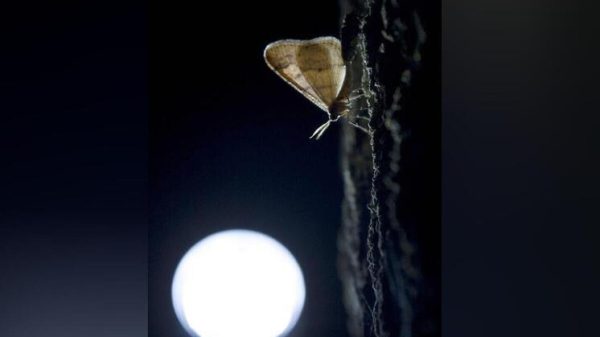The remains of a record-breaking prehistoric snake have been found in India

Paleontologists have discovered in the Indian state of Gujarat the remains of potentially the largest snake in Earth's history, whose length could be about 15 m, making it the largest snake of the Eocene era and a candidate for being the largest snake in Earth's history. Researchers write about this in an article published in the scientific journal Scientific Reports.
“The discovery of the remains of this ancient snake on the territory of India, belonging to the madzoid family, suggests that these ancient reptiles arose on the territory of the Indian subcontinent even before its collision with Asia. After their merger, these snakes spread throughout the southern regions of Eurasia and penetrated into northern Africa , where reptiles from this family of snakes were first found,” the study says.
This was the conclusion reached by a team of Indian paleontologists led by Sunil Bajpayee, a professor at the Indian Institute of Technology in Roorkee (India), while studying a fossil recently discovered in the Panadharo lignite mine in the western Indian state of Gujarat. In local gray shales, paleontologists discovered three dozen very large vertebrae that belonged to a giant snake from the madzoid family.
This family of reptiles appeared on Earth at the end of the Cretaceous period, long before the extinction of dinosaurs, and its last representatives became extinct at the end of the Ice Age. The madzoids included a large number of large snakes 6-8 meters long, which were similar in appearance, habitat and manner of preying on boas and anacondas, strangling victims with the help of powerful muscles.
Discovered by Bajpai and his colleagues, the snake, which received the name Vasuki indicus in honor of the huge snake Vasuki from Indian myths, turned out to be even larger — its length could supposedly reach 15 m. As an analysis of the structure of its vertebrae shows, the ancient Indian snake was much more massive and wide than the Madagascar madzoi and Egyptian Gigantophys, one of the largest representatives of the maddzoid family.
The discovery of Vasuki indicus is particularly interesting, according to the researchers, because it points to the possible Indian origin of many species of African and Asian maddzoid snakes. This is supported by the fact that Vasuki indicus lived on the territory of India even before its merger with Asia (37-35 million years ago), while other representatives of the madzoid family appeared in northern Africa and southern Eurasia much later. Subsequent excavations, Professor Bajpai and his colleagues hope, will help them confirm this hypothesis.





















































Свежие комментарии